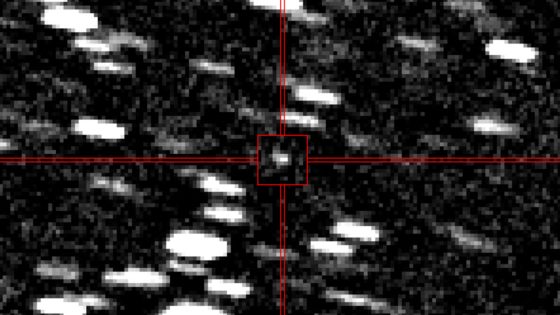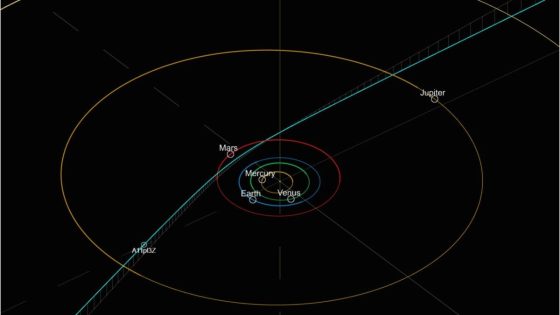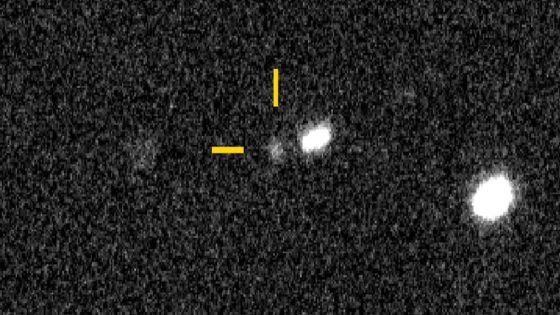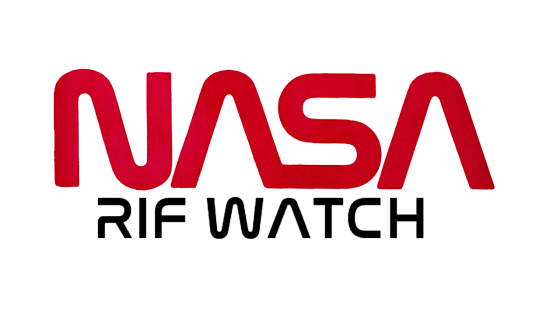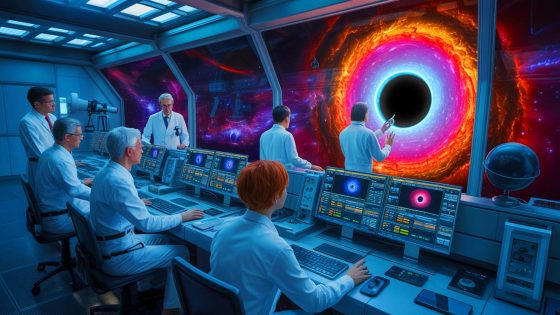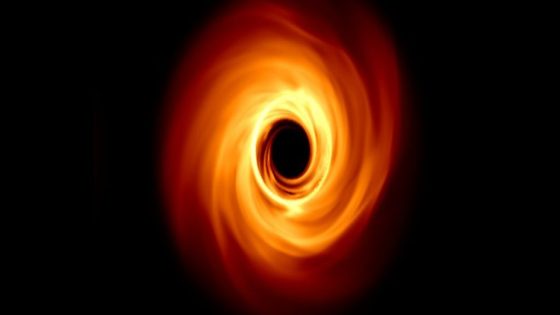Astronomers have recently identified a potential interstellar object, A11pl3Z, racing through our solar system. This discovery, reported on 2025-07-02 22:25:00, marks the third such object observed, hinting at the mysteries beyond our solar neighborhood.
- Interstellar object A11pl3Z approaching the solar system
- Discovered by ATLAS between June 25-29
- Likely a large asteroid or comet
- Closest approach to the sun on October 23
- No risk to Earth during solar flyby
- Advanced telescopes will enhance observation efforts
The object, likely a large asteroid or comet, was detected by the Asteroid Terrestrial-impact Last Alert System (ATLAS) between June 25 and June 29. Traveling at an astonishing speed of 152,000 mph, A11pl3Z is set to make its closest approach to the sun on October 23, before exiting our cosmic vicinity.
This intriguing find raises questions about the frequency of interstellar objects passing through our solar system. Could there be many more undiscovered visitors? Understanding A11pl3Z’s trajectory may help US answer this and other critical questions.
- A11pl3Z is expected to come close to Mars on October 3.
- It will reach perihelion, its closest point to the sun, on October 23.
- Earth will be safe, as the object will be on the opposite side of the sun during its flyby.
As technology advances, such as the upcoming capabilities of the Vera C. Rubin Observatory, we may uncover even more about these fascinating interstellar travelers. The future of space exploration is bright!



